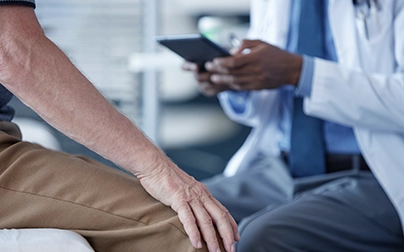Carenet Health Nurse Triage and Advice Line solutions leverage the best-in-class Schmitt-Thompson® Clinical Content to guide the care recommendations of our registered nurses (RNs). The world’s leading healthcare organizations rely on Schmitt-Thompson Clinical Content to ensure clinical safety and consistency of responses to symptom-based questions.
Recently, Schmitt-Thompson announced it has added evidence-based telehealth dispositions to its content. David Thompson, MD, FACEP, and Senior Medical Editor for the organization, discussed the additions on LinkedIn recently. Read about it here.
The updated guidelines provide detailed recommendations for our RNs on which types of patient conditions and symptoms are suitable candidates for a virtual consult with a physician. Both adult and pediatric telehealth triage guidelines have been updated and include “decision logic to support a hand-off from nurse telehealth triage to a telemedicine encounter.” (Source: Schmitt-Thompson Clinical Content Update, Adult and Peds After-Hours Telehealth Triage Guidelines)
This change will benefit both patients and Carenet Health clients.
Recommending that a patient consider a telehealth visit based on clinical evidence will help the patient receive the most appropriate level of care in the most convenient and cost-effective way. In many cases, that can mean the comfort of their own home with a telemedicine visit from their provider during normal clinic hours or from a 24/7, on-demand provider.
In instances where our nurse triage/advice solutions are seamlessly connected by contract to telemedicine providers (such as MDLive), the telehealth visit can be initiated in a near-real time hand-off if a member has that benefit as part of their plan. This would also be the case if a client leverages our streamlined, consumer-centric Virtual Clinic.
In addition, the change supports the building of trust and patient/health plan member confidence. A disposition that is telemedicine-eligible means that the patient can be assured that their symptoms can be safely evaluated and managed in a video telemedicine encounter without having to visit another site of care.
Of course, as with all of our telehealth nurse recommendations, the decision to suggest a telemedicine visit to any particular patient will ultimately be based on our experienced nurses’ judgment, patient safety and needs, and Carenet Health and client policies.
If your organization would like to discuss these new, evidence-based guidelines and how they could impact your health plan or health system, please contact us today.


